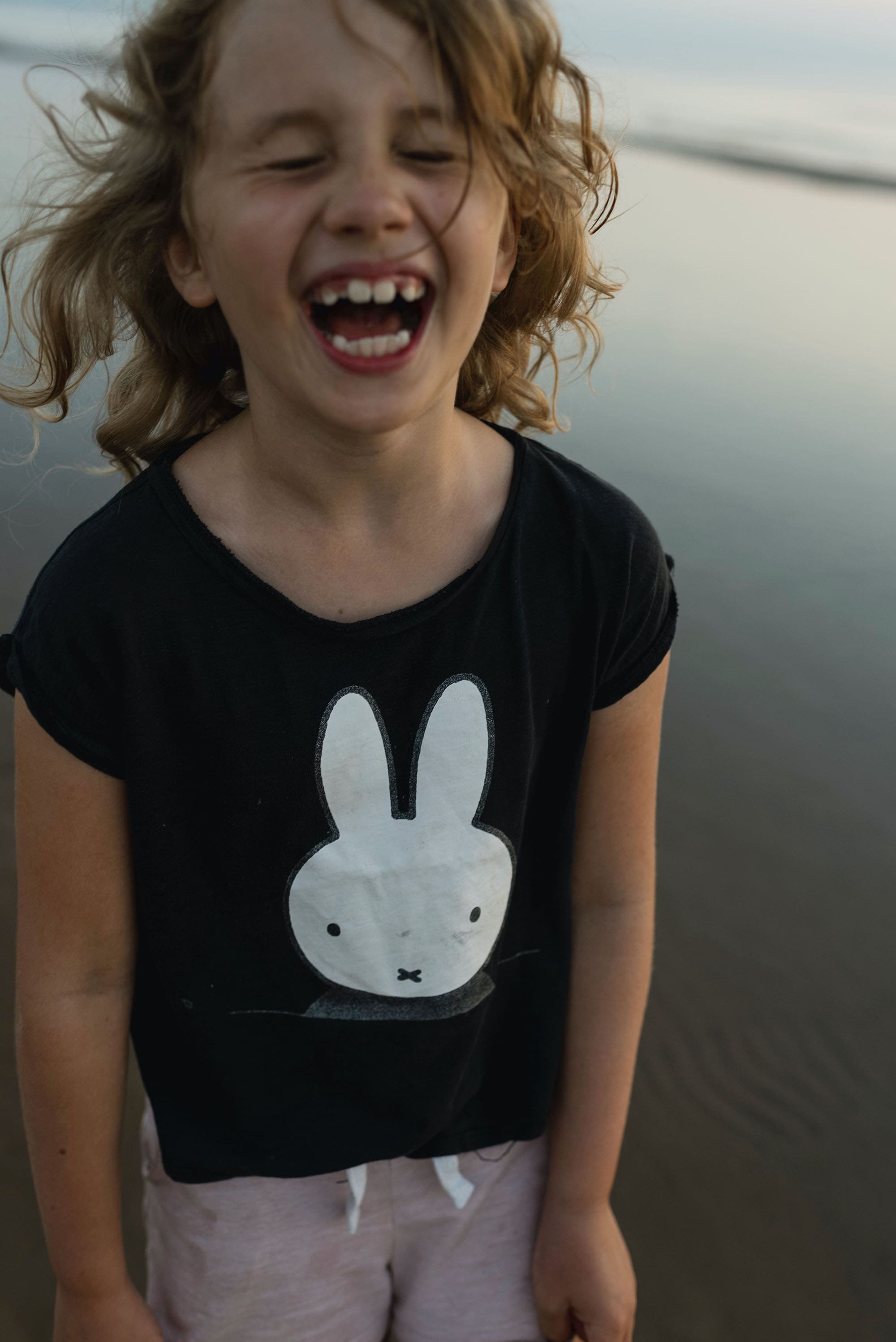How Kids Show You How They Feel
We all experience our emotions in various ways, if you are stressed you might snap at a loved one or shut down. If you are happy, you might sing, dance, and do fun activities. When you feel anxious you may bite your nails or twirl your hair. When you are sad, you might cry. Adults experience their emotions all the time and we are pretty good at identifying our emotions, and coping. We inherently know that the world is a safe place and we are safe and in control — and that thought is very comforting.
The difference is that when children experience an emotion, they do not have enough life experience to understand what we understand — that we are safe. As a result, they might have overt behavioral outbursts, which can be a mask for their underlying emotions.
Mr. Rogers once said, off-camera: “Confronting our feelings and giving them appropriate expression always takes strength, not weakness. It takes strength to acknowledge our anger, and sometimes more strength yet to curb the aggressive urges anger may bring and channel them into nonviolent outlets. It takes strength to face our sadness and to grieve and to let our grief and our anger flow in tears when they need to. It takes strength to talk about feelings and to reach out for help and comfort when we need it.”
One of the most important things we can do as parents is to talk about our feelings with our children, because when we give our feelings a name, they become less overwhelming and less scary.
5 Signs that your child is showing you how they feel:
Children may:
Act overly clingy, follow you around the house, bite their nails, pick their fingers, pull their hair: These are sign of anxiety or loneliness. Your child is trying to communicate that they feel anxious by displaying these behaviors.
Yell/scream or become physically aggressive, throw things, hurt themselves or others: These hurtful behaviors are signs of anger, frustration or disappointment.
Become defiant, “no, no no” phase, or refuse to use the bathroom: These are signs of feeling a loss of control and therefore they attempt to over control the world around them by saying no to everything.
Cry, or become fussy: This is a sign of sadness or grief (a loss of something they once had). It could also be a sign that you child may be overly tired and exhausted.
Hide, become really quiet, OR act extremely silly and overly energetic: These can be signs of embarrassment. Even if it’s not a big dance recital they are feeling worried or embarrassed about, it can be something much smaller such as someone coming over to visit that they haven’t seen in a while. Some children become embarrassed when a lot of attention or energetic praise (clapping, high tone of voice) is given to them.
5 Steps to respond to your child’s emotions (not their behavior)
Ignore the behavior, while identifying the emotion: In a calm tone of voice, say “It seems like you are feeling sad, or I can tell you are feeling sad because you are crying” or “your face looks red right now, I can tell you might be feeling very angry.” You can also show them a picture of a thermometer and say “from 0-10, it seems like you are very angry right now, maybe you are a 7 or 8, what number do you feel?”
Identify the potential reason or root for the feeling: Say something like “You might be feeling sad because you’re not going back to school” or, “I can see you feel lonely because you can’t play with your friends right now.” Give your child a chance to explain the root of their feelings.
Cope: There are many methods of coping. Try these fun ideas:
Relaxation strategies: Take deep belly breaths, muscle relaxation (tense and release your body), imagine yourself in a calming place (the beach, a forest, lake, etc). Try to use all of your senses while imaging yourself in a peaceful place.
Physical activities: Let your emotions out physically: go for a walk or run, do jumping jacks, wall push-ups or jog in place.
Artistic expression activities: Draw, paint, color, play with sand, create something.
You can offer ideas such as “When I get mad, I take 3 deep breaths, count to 10 and think of how to best solve the problem.”
You can also create a “Coping Jar” by gathering popsicle sticks and putting them in a clear glass or plastic jar. On each popsicle stick, write a different coping skill such as: Take deep breaths, do 10 jumping jacks, talk about your feelings, play with sand, etc. Then at sporadic times throughout the day, grab a stick and practice your coping skills. Don’t forget to praise your child for each time they talk about their feelings or use a coping skill.
Re-check emotional status: Once your child has calmed down, ask, “how do you feel now?” You can remind them that it’s ok to feel angry, anxious or sad sometimes, but the most important thing is what we do with our emotions! If we use our copings skills, we will feel better and more relaxed.
Praise, praise and more praise!: Praise your child for talking about his/her emotions and for coping. The goal is not to remove the negative emotions, but to enhance the activity of expressing and coping with our emotions to regain control. This is the most valuable gift you can give your child.

